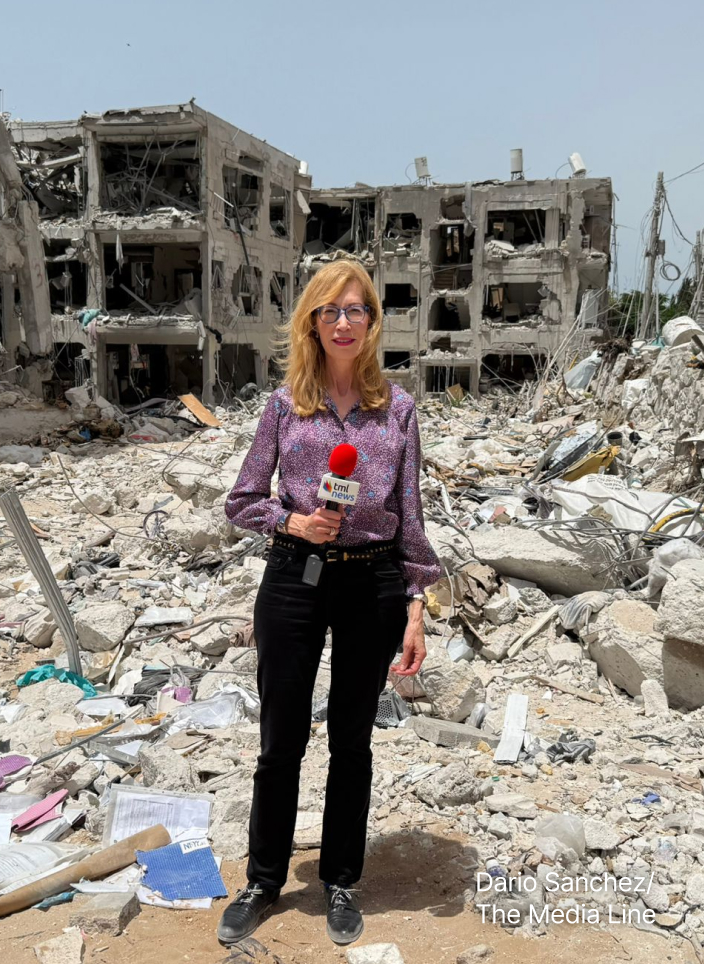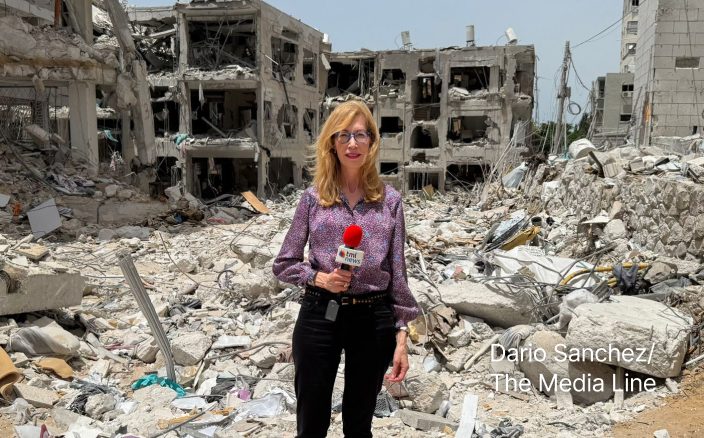Fifteen months after the conflict between Hamas and Israel began, a fragile ceasefire agreement has been reached [1], as reported by Keren Setton of The Media Line. Qatari Prime Minister Mohammed bin Abdulrahman Al Thani announced that the deal will begin implementation on Sunday, potentially ending the war in Gaza, which expanded into a regional conflict. However, Israeli Prime Minister Benjamin Netanyahu’s office has expressed concerns, accusing Hamas of creating a “last-minute crisis” to gain further concessions.
The ceasefire requires Israel to halt its military operations in Gaza, while Hamas will release five female Israeli soldiers and two dual Israeli-American citizens. Over the coming weeks, Hamas is expected to release a total of 33 hostages in stages. In exchange, Israel will release at least 1,000 Palestinian prisoners, many convicted of violent crimes. The Israeli military is also expected to gradually withdraw from Gaza, although it remains uncertain if Israel will maintain control over strategic areas like the Philadelphi Corridor and the Netzarim crossing.
Give the gift of hope
We practice what we preach:
accurate, fearless journalism. But we can't do it alone.
- On the ground in Gaza, Syria, Israel, Egypt, Pakistan, and more
- Our program trained more than 100 journalists
- Calling out fake news and reporting real facts
- On the ground in Gaza, Syria, Israel, Egypt, Pakistan, and more
- Our program trained more than 100 journalists
- Calling out fake news and reporting real facts
Join us.
Support The Media Line. Save democracy.


Experts warn that the incremental nature of the agreement and deep distrust between both sides could jeopardize its success. Negotiations for the remaining hostages and future terms are set to begin 16 days after the deal takes effect.
Pressure from both outgoing US President Joe Biden and incoming President Donald Trump played a significant role in pushing the sides toward an agreement. Yet, as Keren Setton explains, unresolved issues and mutual distrust raise questions about the ceasefire’s durability.
For more in-depth coverage, read the full article [1].